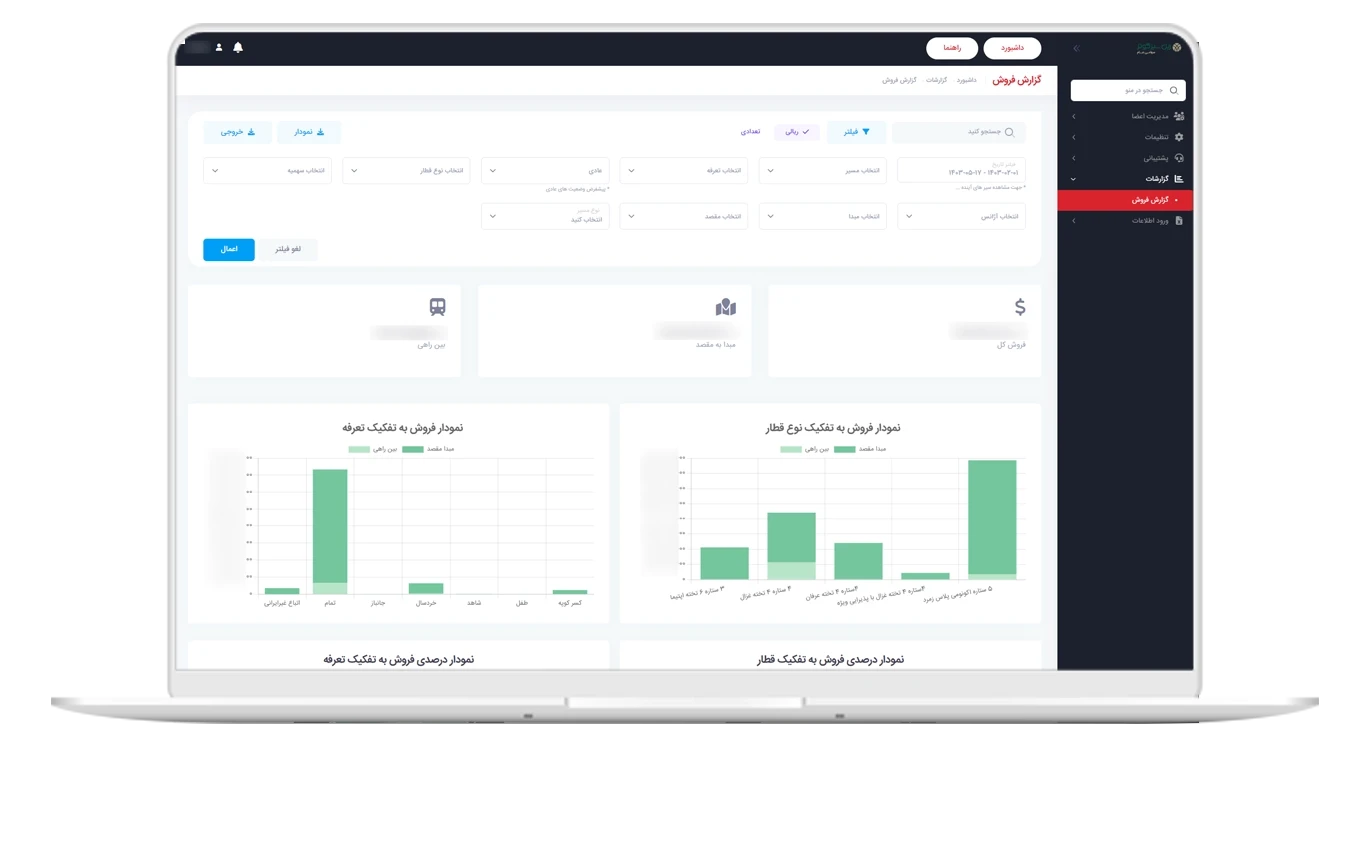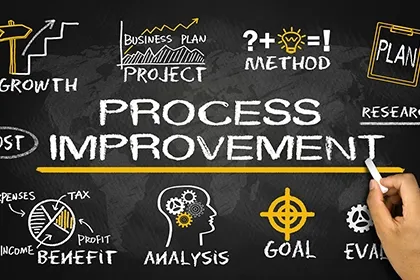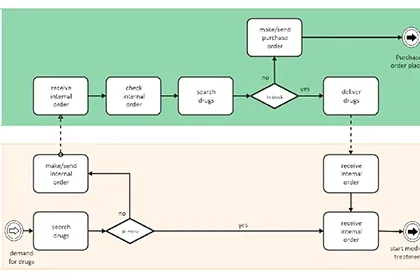Implementing a Business Process Management System (BPMS) is not just a technological decision, but an investment in the productivity and digital transformation of the organization. To truly understand the value of this investment, the Return on Investment or ROI BPMS and the Cost-Benefit Analysis (CBA) must be examined.
In this article, we will take a comprehensive look at calculating the ROI of BPMS implementation, financial and operational evaluation indicators, time saved in process cycles, and error reduction to demonstrate why successful organizations worldwide have chosen BPMS as the core infrastructure for Business Process Management (BPM).
What is ROI (ROI BPMS)?
Return on Investment (ROI) is an indicator for measuring the ratio of profit from a project to the costs incurred for it. In BPM projects, ROI indicates how much the implementation of BPMS has increased the organization's productivity and reduced costs.
In general, the ROI formula is defined as follows:
For BPMS, the net profit includes reduced process cycle time, savings in manpower, reduced errors, and increased speed of managerial decision-making.
Cost-Benefit Analysis (CBA) of BPMS
Cost-Benefit Analysis (CBA) is a systematic method for financial evaluation of a project that compares the costs of implementation with the benefits derived from it. In BPMS projects, CBA includes three key stages:
- Identifying costs: This includes software, infrastructure, training, support, and maintenance costs.
- Identifying benefits: Time savings, error reduction, reduced manpower, and quality improvement of services.
- Calculating the benefit-to-cost ratio: Determining whether the return from the project exceeds the incurred costs.
In successful BPM projects, the benefit-to-cost ratio is typically reported to be between 2 to 5 times.
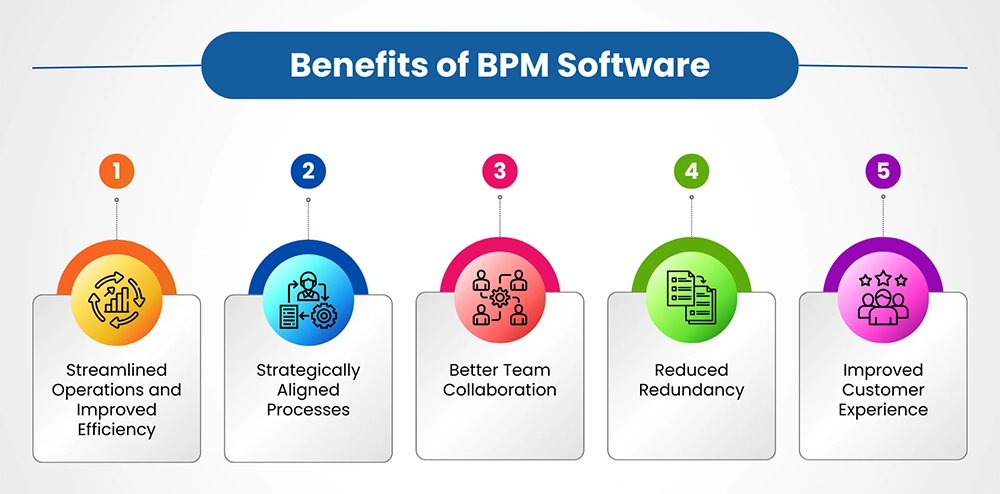
Time Savings in Process Cycles
One of the most important benefits of implementing BPMS is Cycle Time Reduction in organizational processes. By automating workflows and eliminating human bottlenecks, many activities are carried out automatically and without interruption.
- Reduction of average process execution time by up to 50%
- Elimination of unnecessary stages and repetitive activities
- Increase in the speed of approval and referral of documents
- Automatic coordination between different units
In companies that use BPMN for process modeling, the execution time of processes has become up to 3 times faster.
Error Reduction and Increased Accuracy with BPMS
One of the key indicators in calculating ROI BPMS is the level of error reduction in process execution. When processes are digitally and automatically executed, the likelihood of human errors in data entry, approvals, or reporting is minimized.
- Elimination of rework and errors resulting from traditional communications
- Real-time monitoring of data to detect deviations
- Reduction of costs due to operational errors by up to 70%
- Integration of information across organizational units
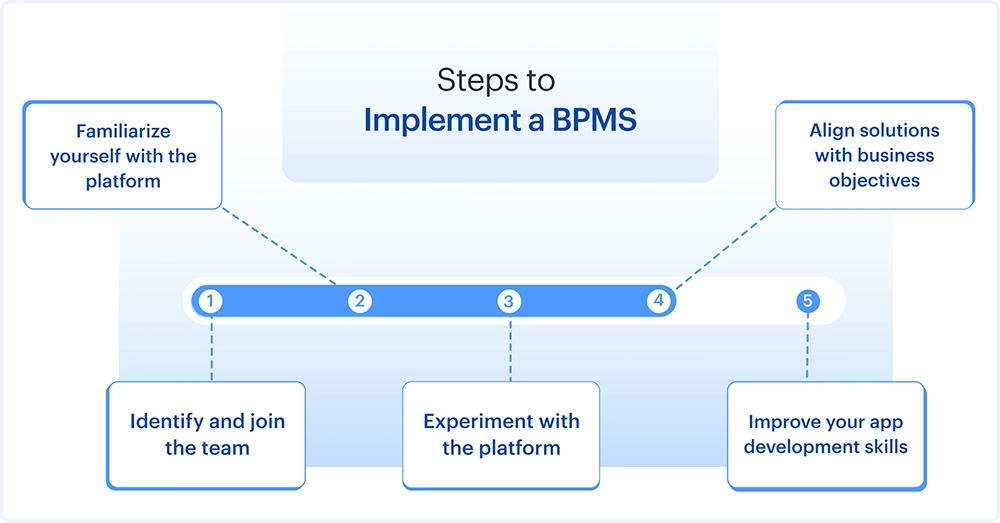
Key Indicators for Measuring ROI BPMS
- Increase in Human Resource Productivity: Measuring the output-to-employee ratio after system implementation.
- Reduction in Operational Costs: Comparing costs before and after BPMS implementation.
- Improvement in Data Quality: Checking data entry errors and process deviations.
- Speed of Managerial Decision-Making: Measuring the time it takes for managers to react to reported data.
- Increase in Customer Satisfaction: Evaluating customer feedback after process improvements.
These indicators together provide a comprehensive picture of the return on investment in BPMS.
Example of ROI Calculation in a BPMS Project
Suppose an organization spends 500 million tomans to implement BPMS. At the end of the first year, by eliminating repetitive activities and increasing productivity, 1.5 billion tomans in cost savings occurs.
This means the return on investment for this project in one year was 200 percent. This number ranges between 80 to 250% in real organizational projects.
Conclusion
Implementing BPMS is not only a tool for digitizing processes but is also a strategic investment for increasing organizational yield. Accurate calculation of ROI BPMS and Cost-Benefit Analysis helps managers make more informed decisions regarding process improvements.
By reducing cycle time, increasing accuracy and productivity, and lowering errors, organizations can achieve BPM maturity in the shortest possible time and experience real returns on investment.
Frequently Asked Questions
ROI BPMS means the return on investment from the implementation of a business process management system, which is usually calculated based on cost reduction, time savings, and increased productivity.
By comparing the costs of project execution with the financial benefits gained from improving processes, reducing cycle time, and minimizing errors, ROI can be calculated.
ROI indicates the percentage of return on investment, while CBA provides a more comprehensive analysis of the direct and indirect costs and benefits of the project.
Yes, but the level of return on investment depends on the maturity of the organization's processes and the way the system is implemented. In process-oriented organizations, the ROI is usually higher.


